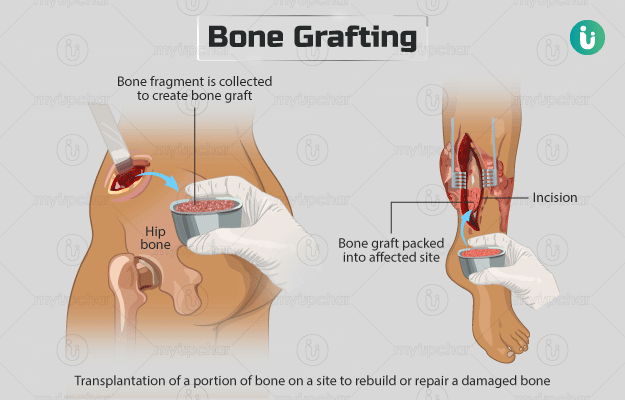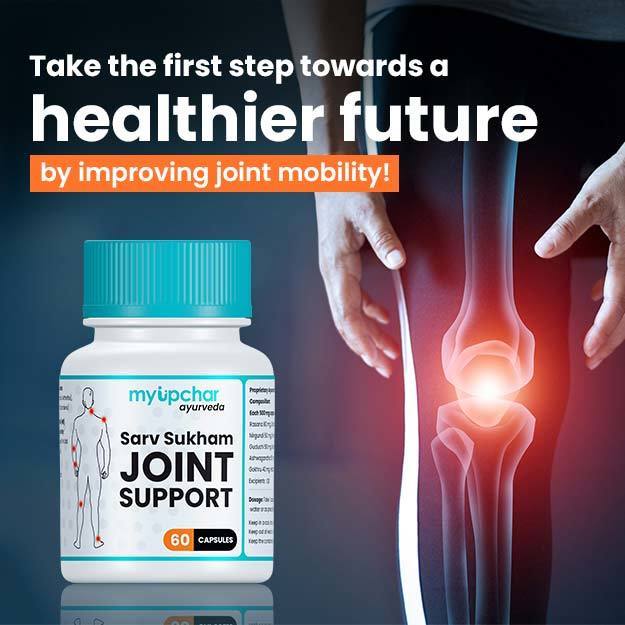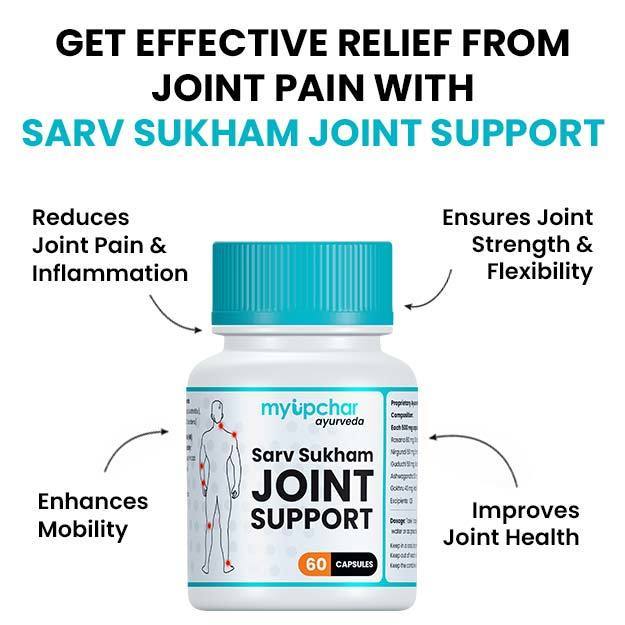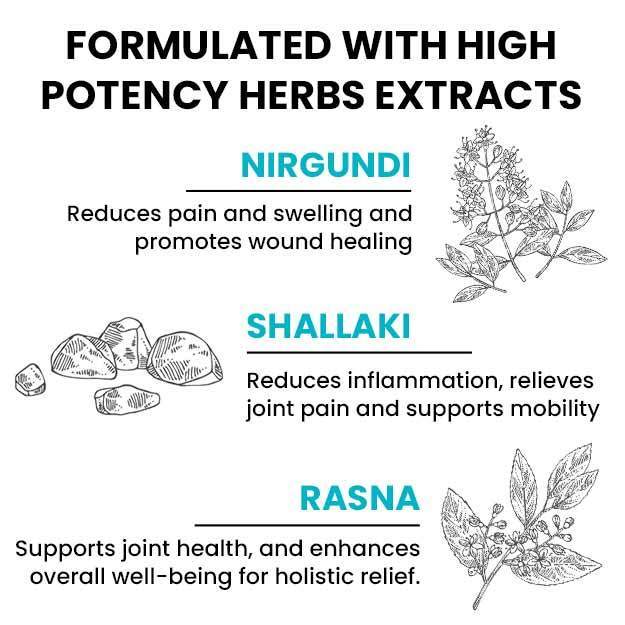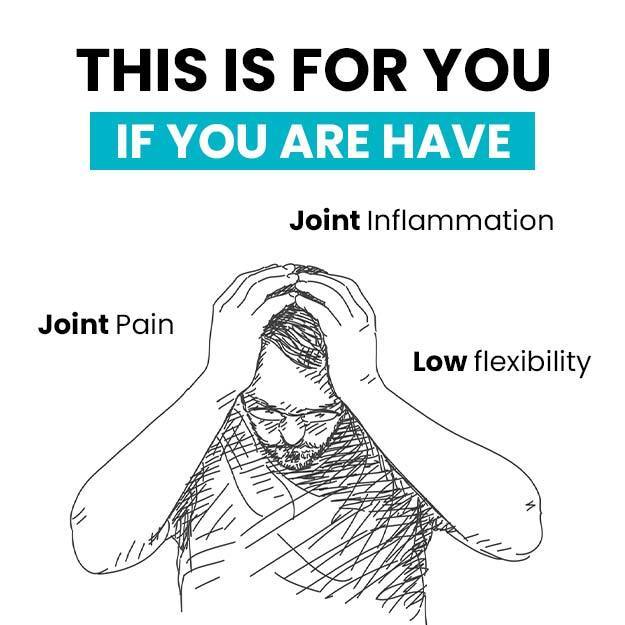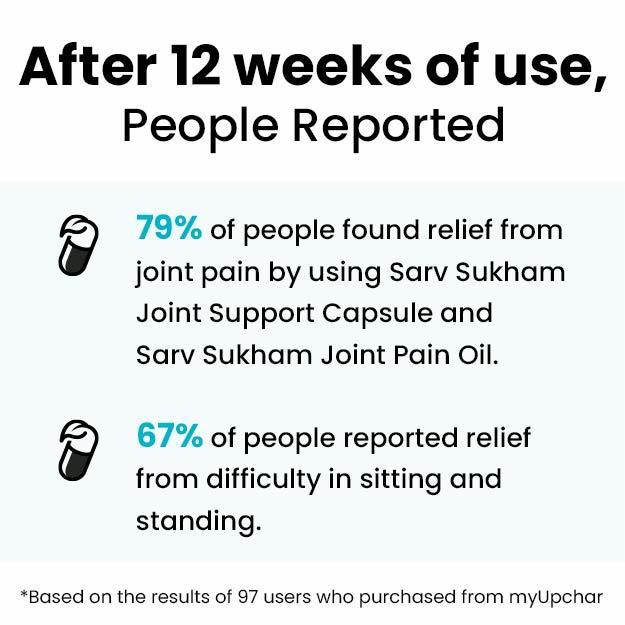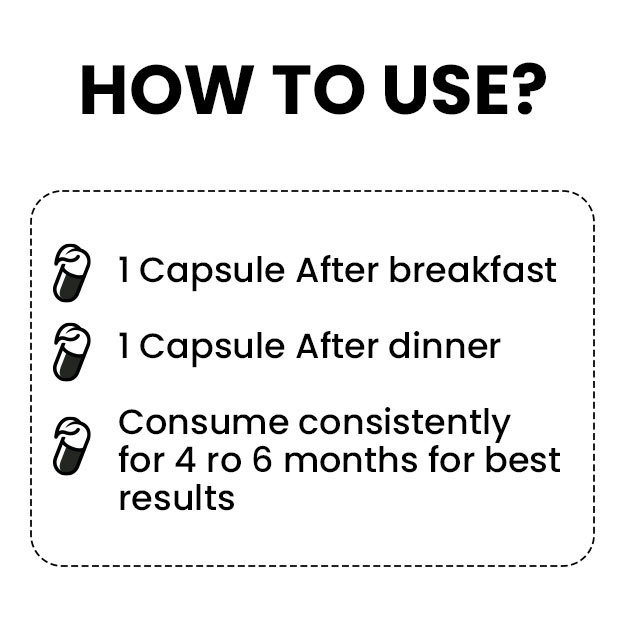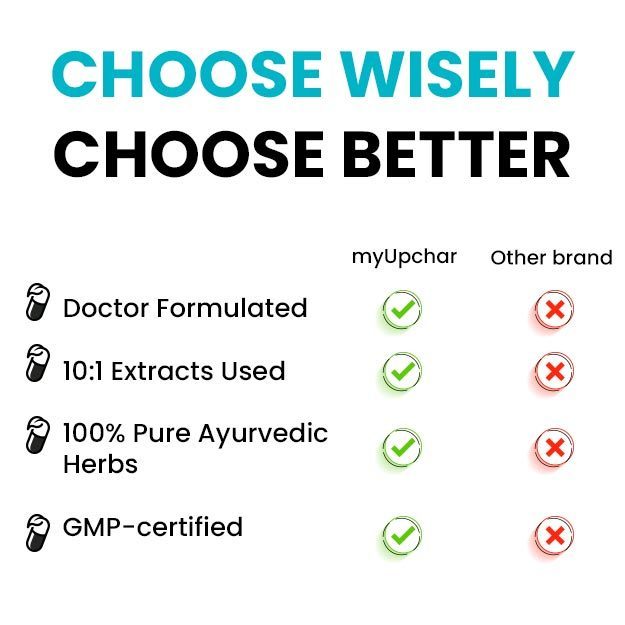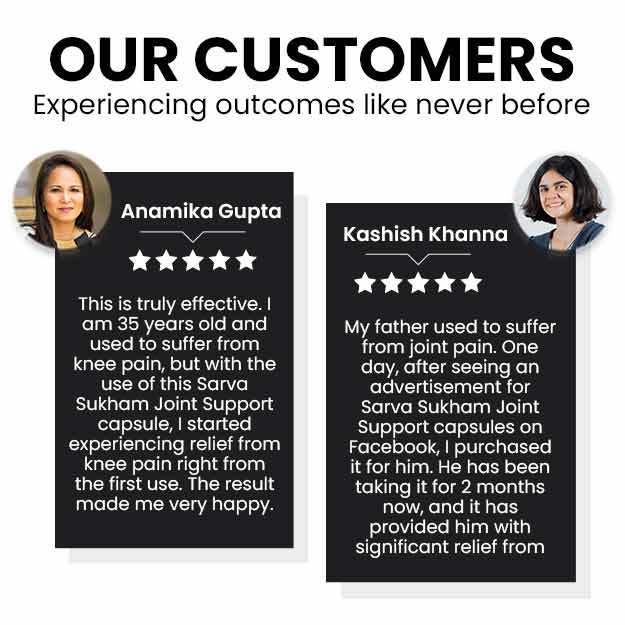Summary
Bone grafting is a procedure that involves repairing or rebuilding of a diseased bone by transplanting a bone piece from another area in the body. The new bone fragment may also be taken from a deceased person or it could be a synthetic bone. The procedure helps fill in gaps, promote the healing process, ensure bone growth, and give support to the bone structure.
Before the surgery, a thorough examination is conducted using diagnostic scans like X-ray or computed tomography (CT) scan to check the damage to the bone. You will have to abstain from food and drink from midnight before the surgery. Bone grafting is performed under general or local anaesthesia, which will keep you asleep or numb the surgical area during the surgery. Your hospital stay may vary based on your injury and medical condition. You may have to take a few medications like blood thinners, antibiotics, and painkillers for a while after the operation. Your follow-up appointment will be scheduled one week after grafting. During the appointment, the surgeon will remove your stitches and check the healing bone.
- What is bone grafting?
- Why is bone grafting recommended?
- Who can and cannot get bone grafting?
- What preparations are needed before bone grafting?
- How is bone grafting done?
- How to care for yourself after bone grafting?
- What are the possible complications/risks of bone grafting?
- When to follow up with your doctor after bone grafting?
What is bone grafting?
Bone grafting involves transplantation of a portion of bone on a site to rebuild or repair a damaged bone. Our bones naturally heal after any fracture or injury. However, if the damage or break is too significant, the bone may not heal properly. Instead, it will leave a gap between the two broken parts of the bone. In such a condition, the surgeon will suggest a bone grafting. The procedure will help to bridge the difference in the bone, ensure bone growth, provide support, and aid in healing.
In this procedure, the surgeon may remove a bone fragment from another part of your body like the hips, ribs, or legs and insert it in the damaged area. Alternatively, bone tissue from a deceased person or a synthetic bone graft may also be used.
Why is bone grafting recommended?
Your healthcare practitioner may perform this surgery for the following conditions:
- Bone diseases like cancer
- Rebuilding a fractured bone
- Fusing bones of a joint
- Treating a fracture that is not healing
- Replacing the missing tooth part (dental implant surgery)
- A previous fracture that did not heal properly
- Filling gaps in bones caused due to tumours or cysts
- Spine fusion surgery for an unstable spine
- Expediting bone growth
- Surgeries like total knee replacement to initiate bone growth around the joint
- Alveolar bone grafting to treat cleft palate
Who can and cannot get bone grafting?
Bone grafting may not be done in individuals with:
- Sepsis (a severe stage of infection)
- A history of allergic reaction to anaesthesia
- Previous bone graft taken from the same site
- Decompensation (the functional deterioration of an organ or structure)
What preparations are needed before bone grafting?
The following preparations are needed before bone grafting:
- Your doctor will ask you a few questions to check your overall health.
- He/she will also ask you to undergo several diagnostic tests, including an X-ray, magnetic resonance imaging (MRI), or computed tomography (CT) scan.
- Tell your doctor about all the medications you are taking. This also includes non-prescribed medicines, herbs, and supplements. He/she may ask you to avoid consuming blood-thinning medications like warfarin or aspirin for a few weeks before the surgery to prevent the risk of excessive bleeding during the procedure.
- You should abstain from eating or drinking anything from midnight before the surgery.
- Avoid smoking for a few days before and after the surgery to ensure quick healing.
- You will be asked to sign a conset form before the procedure. Make sure to read the form properly and clear any concerns that you may have about the procedure.
How is bone grafting done?
Pre-operative preparation:
- You will be asked to wear a clean/sterile hospital gown for the surgery.
- A healthcare practitioner will clean the surgical site using an antiseptic solution. For example, for mouth surgeries, the hospital staff may give you an antiseptic mouthwash to clean the surgical area.
The anaesthetist (a doctor that administers anaesthesia, a medicine to keep you relax during the surgery) will decide which anaesthesia is suitable for you. You may receive any of the following:
- General anaesthesia: It keeps you asleep during the surgery
- Local anaesthesia: This helps to numb the surgical site
He/she will then monitor your vital functions like blood pressure or heart rate to see any signs of a reaction.
During the surgery:
The surgeon will perform the following steps for this surgery:
- The surgeon will cut your skin and muscle over the surgical area.
- He/she will then make another cut on the area from which a bone fragment is to be taken. This may be the bone in your leg, hips or ribs.
- The surgeon will take out a small piece of the bone from the area using specialised tools.
- He/she will shape this bone part and carefully insert it at the surgery site. The surgeon may use special screws, pins, or plates to secure the bone at the site.
- Finally, he/she will will stitch your skin and the muscles on the area to be treated and the area from where the bone is removed.
The time required to complete this procedure may vary depending on the surgical site.
Post-operative:
You will be to allowed to go home on the same day as the surgery. However, this may also vary based on your injury and overall health.
A nurse will give you painkillers to reduce pain after the surgery. You may also have to undergo an X-ray to check whether the operation was successful.
Additionally, you will wear a cast or brace to protect the surgical site.
How to care for yourself after bone grafting?
Your recovery time may vary based on your injury. Generally, it takes two weeks to three months to heal entirely after this surgery.
Once you are home, you will need to take the following care:
Medications:
- The healthcare provider may prescribe medicines to help you manage pain after the surgery.
- Additionally, you may need blood thinners to prevent the formation of clots.
- Your doctor may also prescribe antibiotics to prevent infection after the operation.
Wound care:
- You must keep the surgical area dry for at least five to seven days.
- Your doctor will inform you when to begin bathing or showering after the surgery.
- Ensure that you cover the surgical area with a plastic wrap while taking a shower.
- After mouth surgeries, you will be asked to keep the area clean for at least two weeks. Maintain good oral hygiene by rinsing or gargling with salt water.
Diet:
- You will be asked to take a diet rich in vitamin D and calcium to ensure quick bone healing.
- After an oral surgery, start with soft foods. Make sure to rinse your mouth with mouthwash every time you eat. Avoid using straws or eating food on a stick.
Activities:
- Avoid strenuous exercises for a minimum of six months after the procedure.
- Avoid driving for the initial two weeks if you have had surgery for spine fusion.
- Start your exercise regimen with short walks for the first two weeks. You can gradually increase your pace.
- Avoid sports like swimming or running.
- You will need physiotherapy to strengthen your muscles and improve your flexibility.
Additionally, you will have to continue with the smoking cessation to expedite bone healing process following the operation.
When to see the doctor?
You must call or visit your doctor immediately if you are experiencing the following symptoms after the surgery:
- Fever and chills
- Numbness or tingling at the surgical site
- Nausea or vomiting that does not stop
- Redness, excessive pain, swelling, warmth, bleeding or any excessive discharge from the surgical site that could indicate an infection
- Pain that does not subside even after taking the prescribed medications and resting
- Chest pain
- Cough
- Difficulty in breathing
- Blood in urine
- Frequent urination
- Pain or burning sensation while urinating
What are the possible complications/risks of bone grafting?
The possible risks and complications of this surgery are as follows:
When to follow up with your doctor after bone grafting?
You will need to revisit the hospital a week after the surgery to get the stitches removed. Your healthcare provider will also perform an X-ray scan to check the status of your healing process.
Disclaimer: The above information is provided purely from an educational point of view and is in no way a substitute for medical advice by a qualified doctor.
Surgery Cost In Your City
References
- Johns Hopkins Medicine [Internet]. The Johns Hopkins University, The Johns Hopkins Hospital, and Johns Hopkins Health System; Bone grafting
- Beth Israel Lahey Health: Winchester Hospital [Internet]. Winchester. Maryland. US; Bone Graft
- UCSF Health [Internet]. University of California San Francisco. California. US; Iliac Crest Bone Graft
- Brinker MR, O'Connor DP. Nonunions: evaluation and treatment. In: Browner BD, Jupiter JB, Krettek C, Anderson PA, eds. Skeletal Trauma: Basic Science, Management, and Reconstruction. 5th ed. Philadelphia, PA: Elsevier Saunders; 2015:chap 25.
- Seitz IA, Teven CM, Reid RR. Repair and grafting of bone. In: Gurtner GC, Neligan PC, eds. Plastic Surgery, Volume 1: Principles. 4th ed. Philadelphia, PA: Elsevier; 2018:chap 18.
- UW Health: American Family Children's Hospital [Internet]. Madison (WI): University of Wisconsin Hospitals and Clinics Authority; Alveolar Bone Grafting
- Reddy MG, Babu VR, Rao VE, Chaitanya JJ, Allareddy S, Reddy CC. Prospective analysis of secondary alveolar bone grafting in cleft lip and palate patients. J Int Oral Health. 2015;7(4):73–77. PMID: 25954076.
- Hamilton KM, Trost GR. Perioperative management. In: Steinmetz MP, Benzel EC, eds. Benzel's Spine Surgery. 4th ed. Philadelphia, PA: Elsevier; 2017:chap 195.

